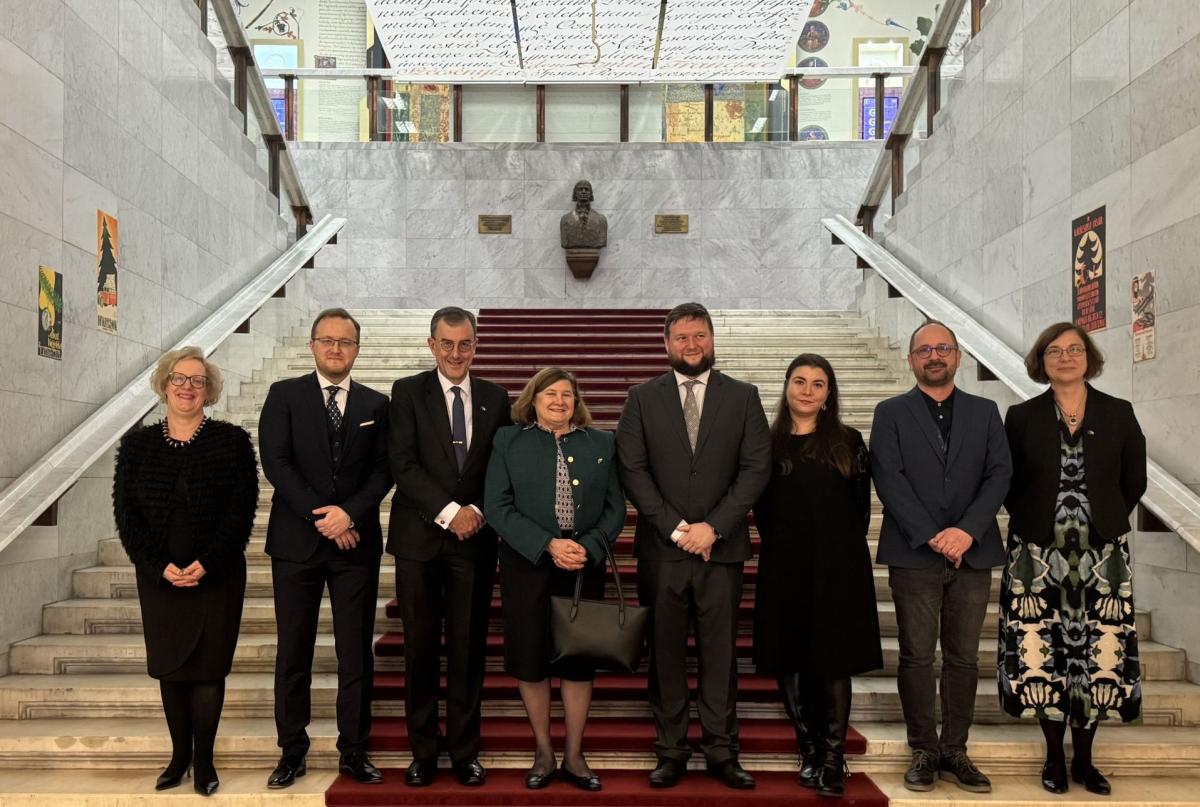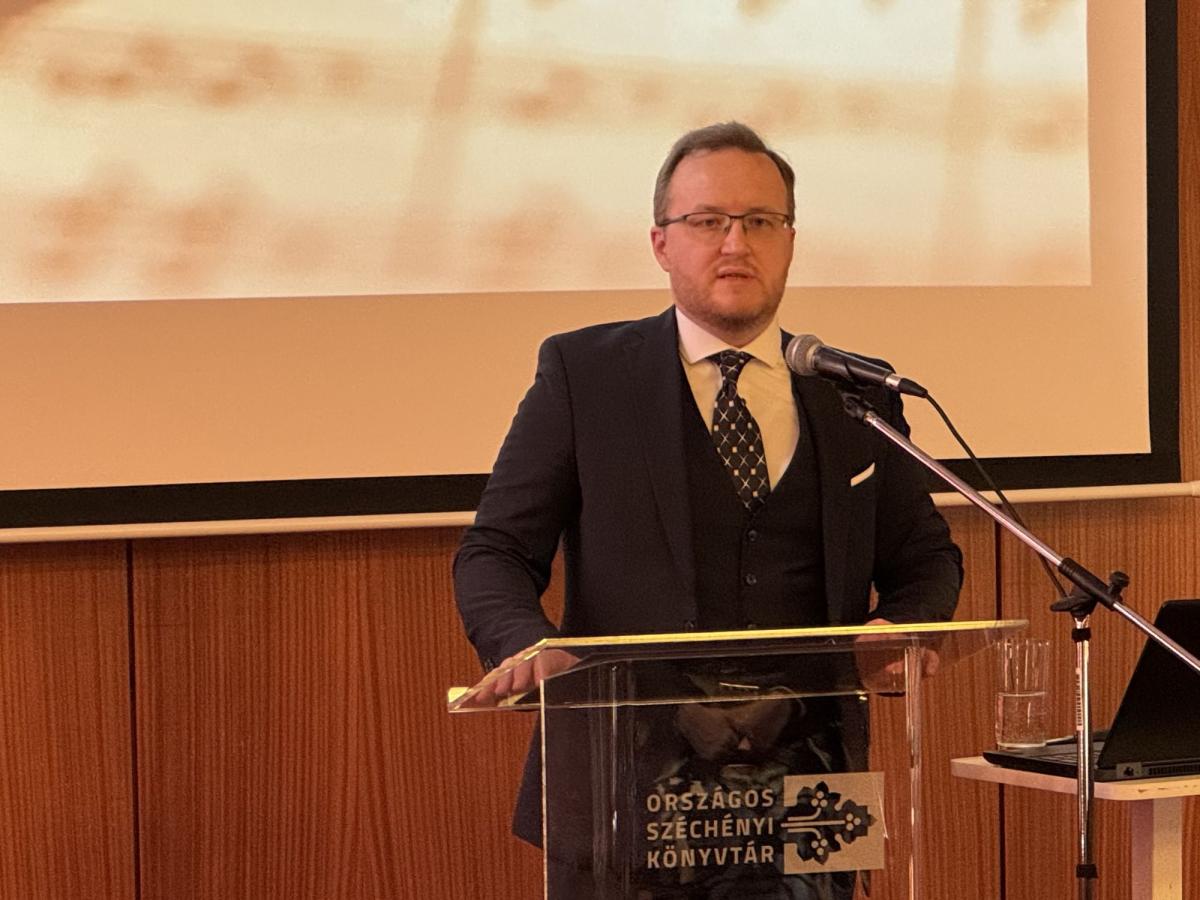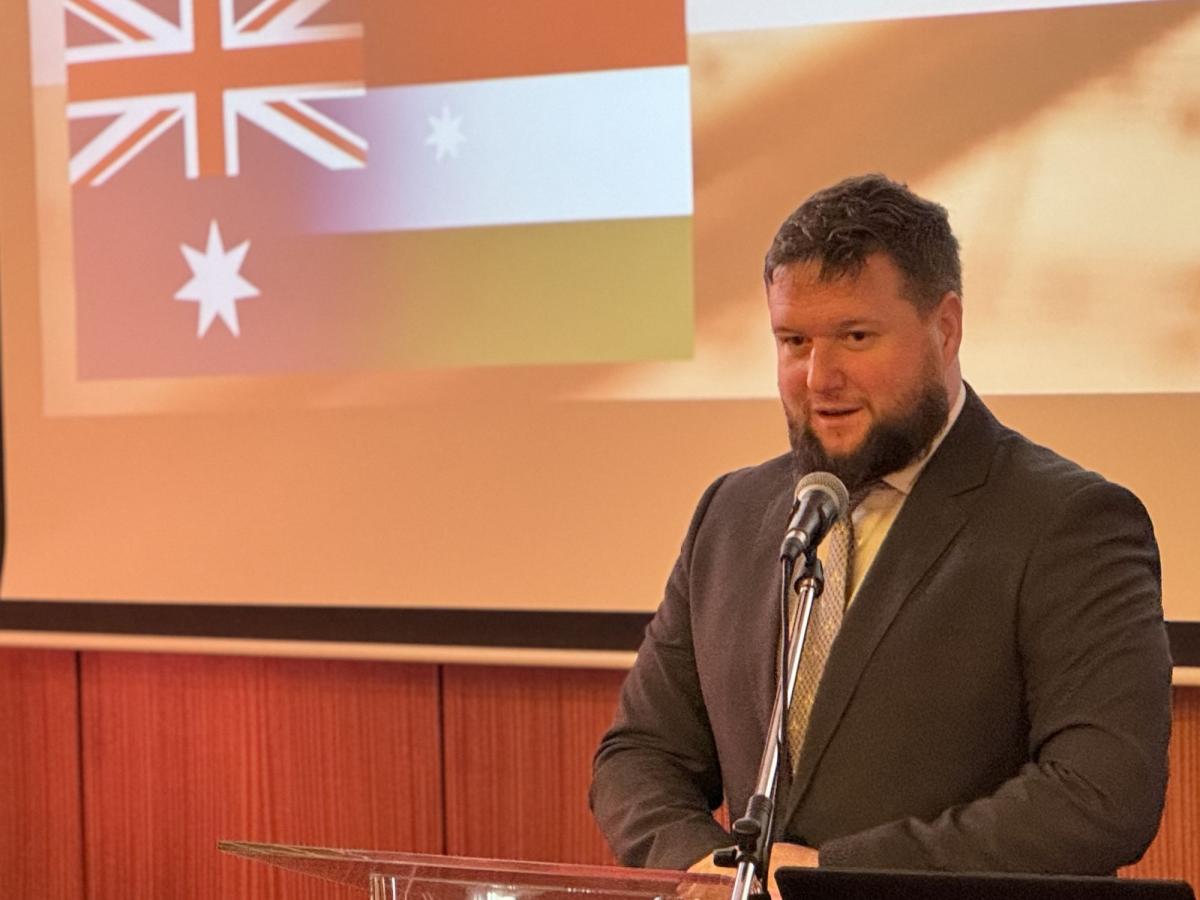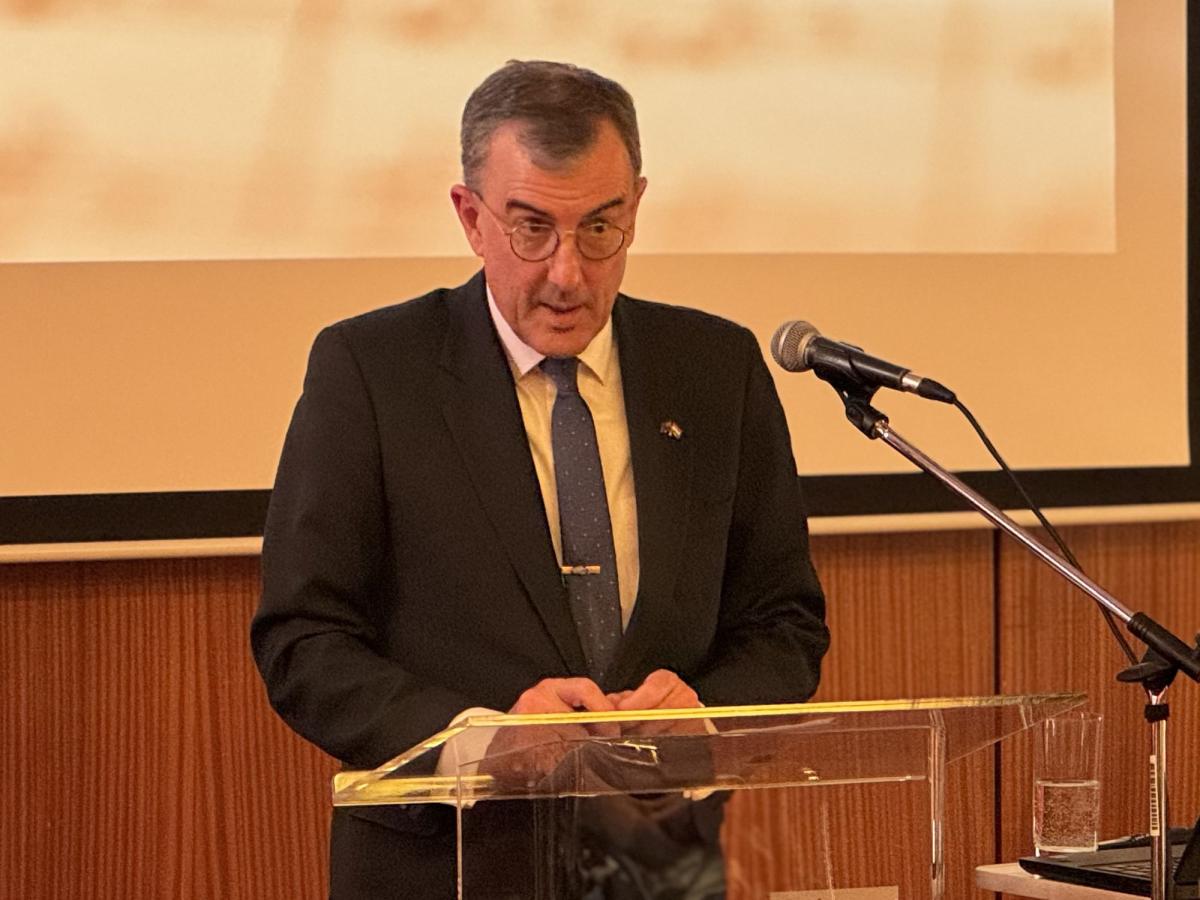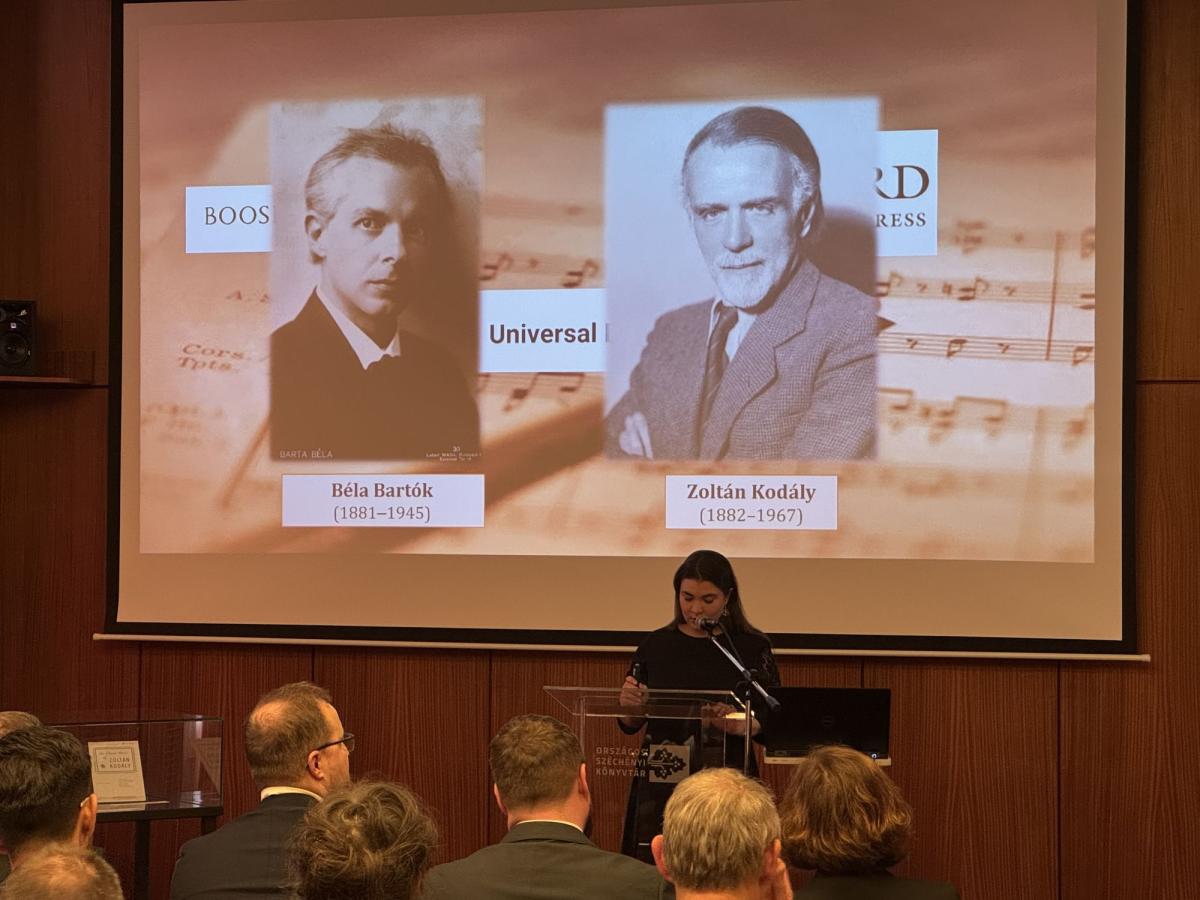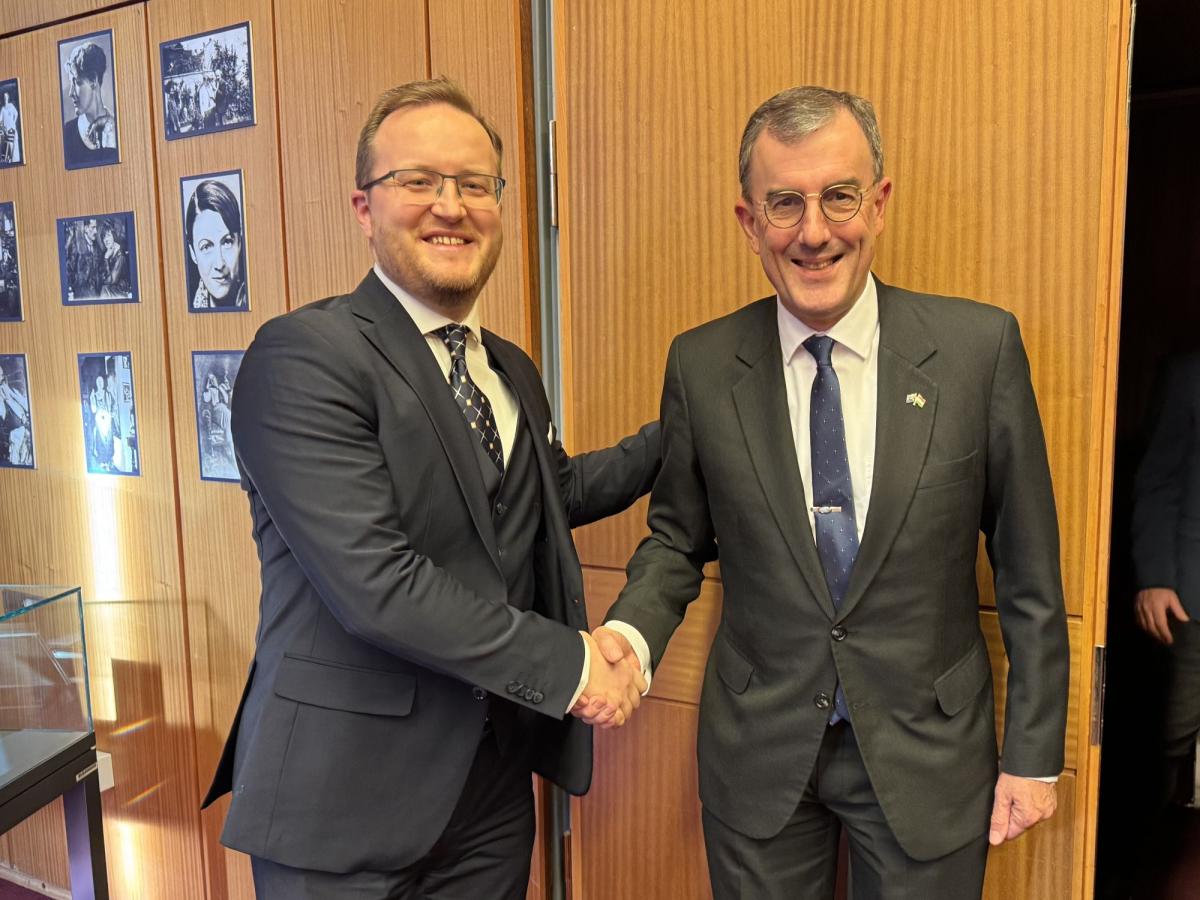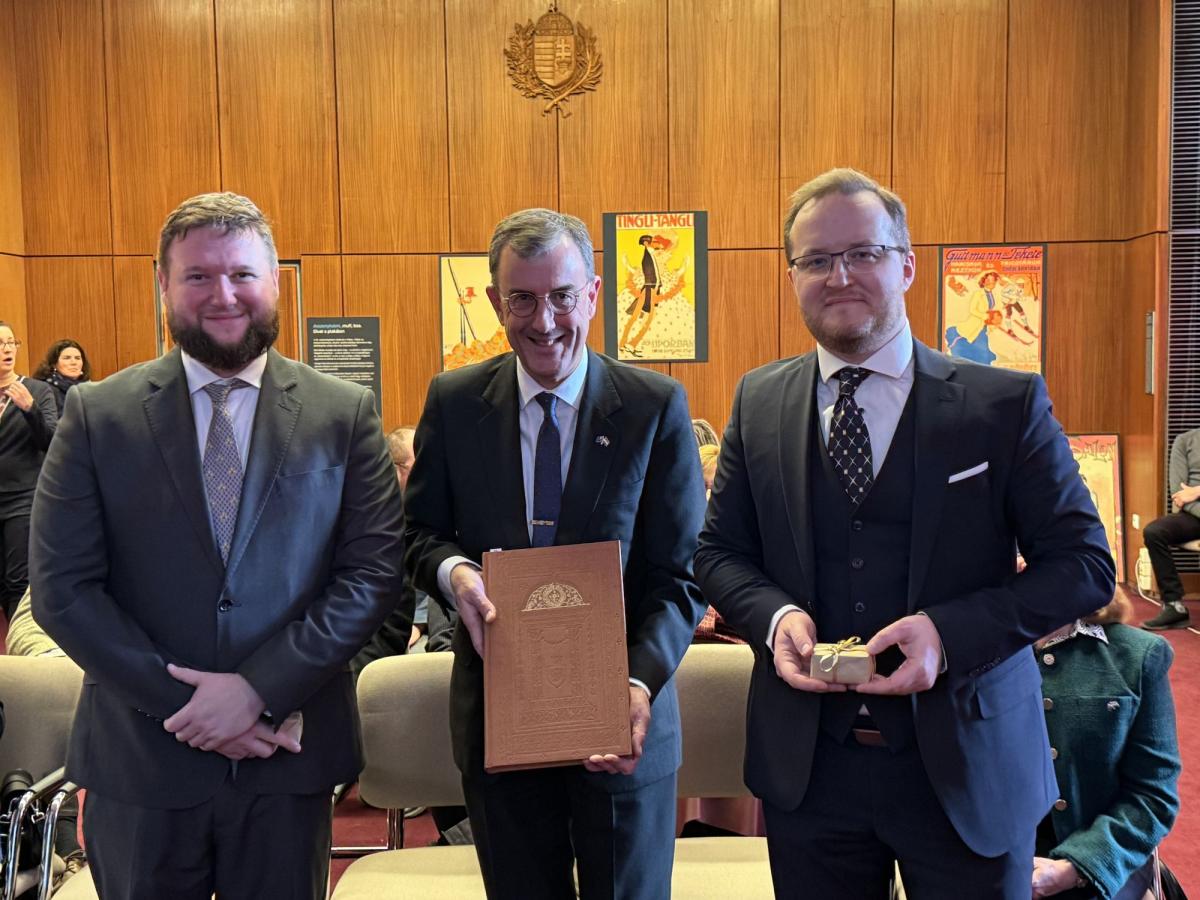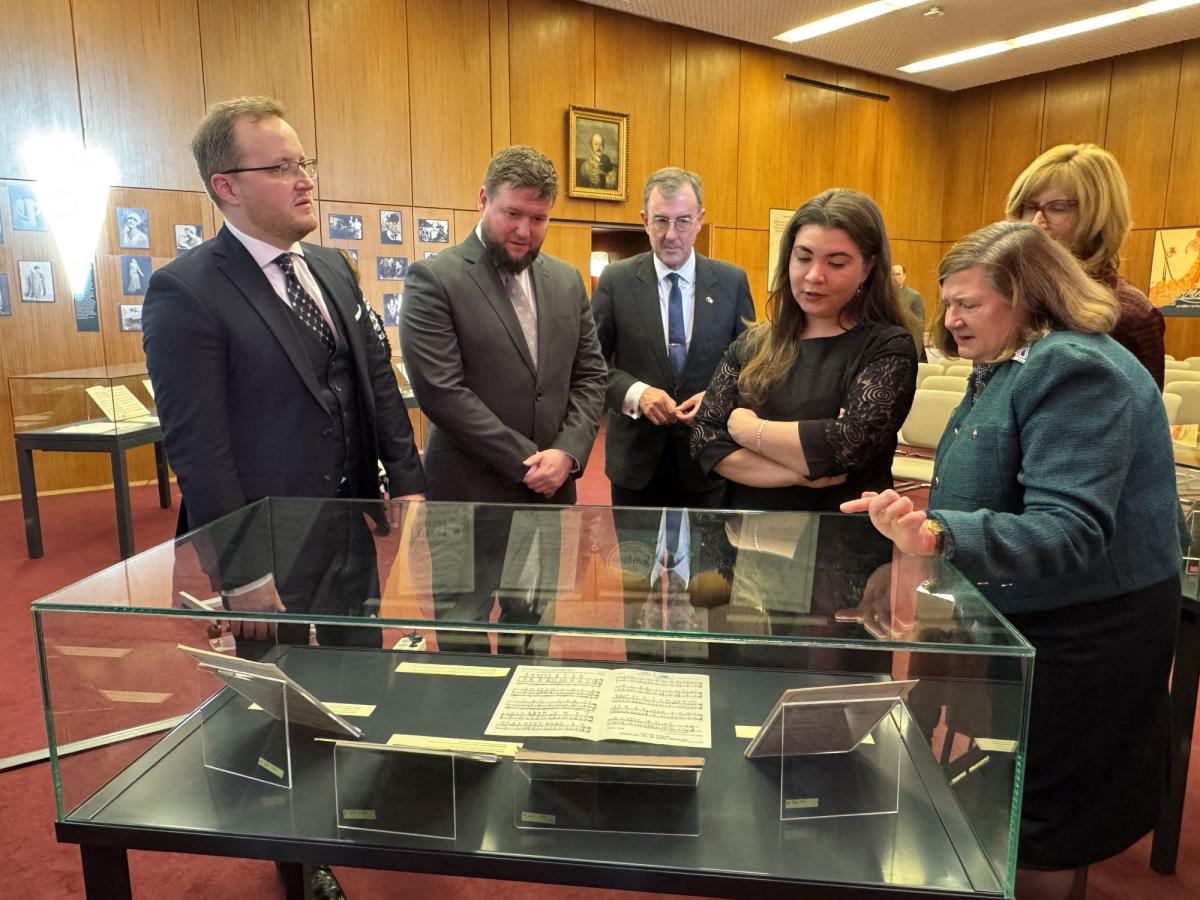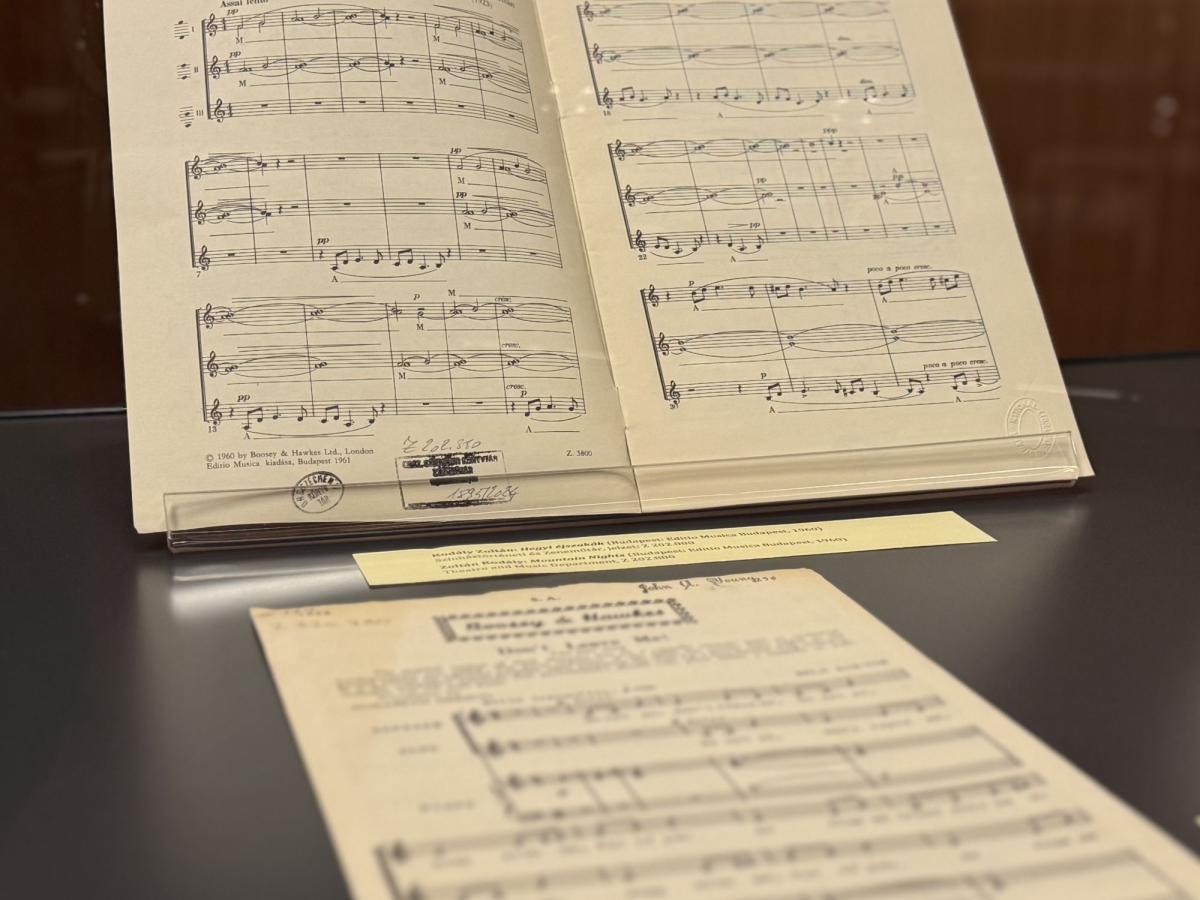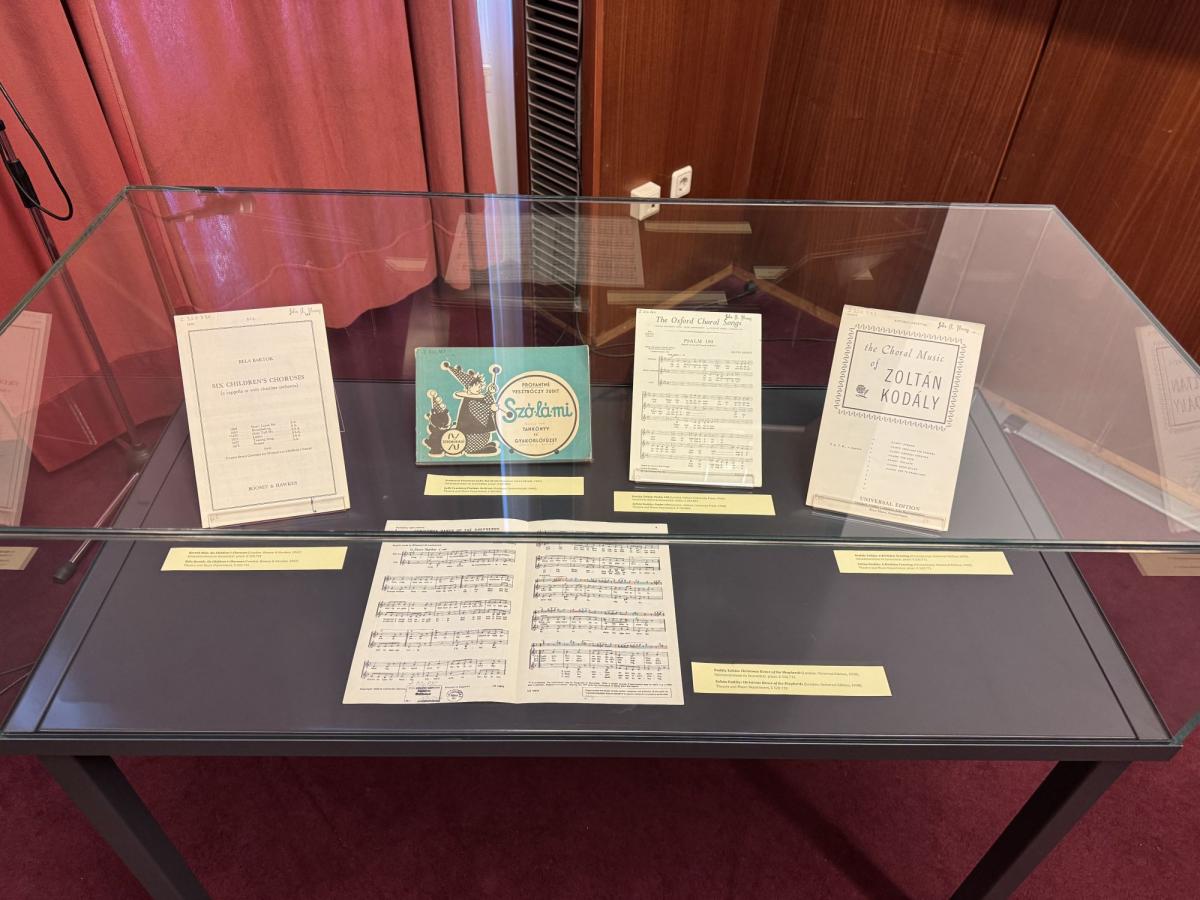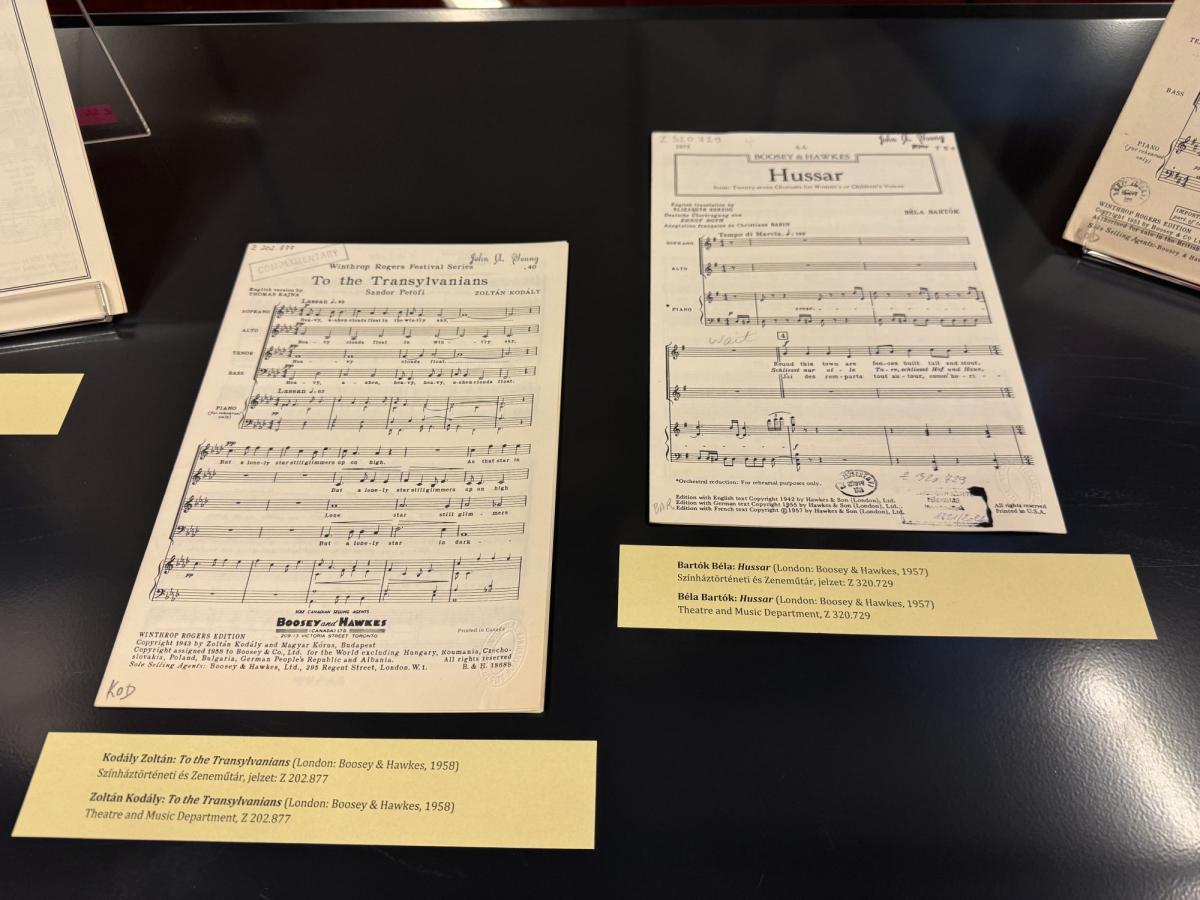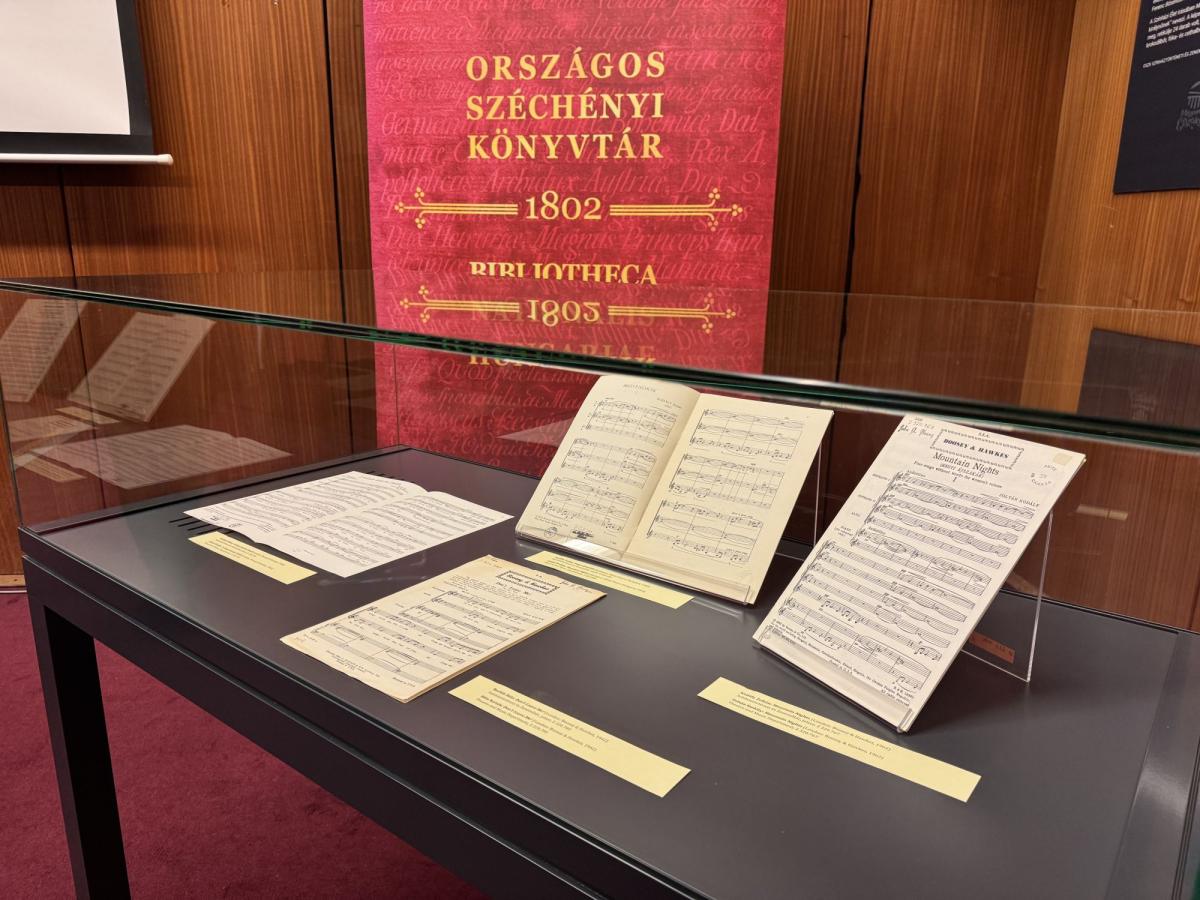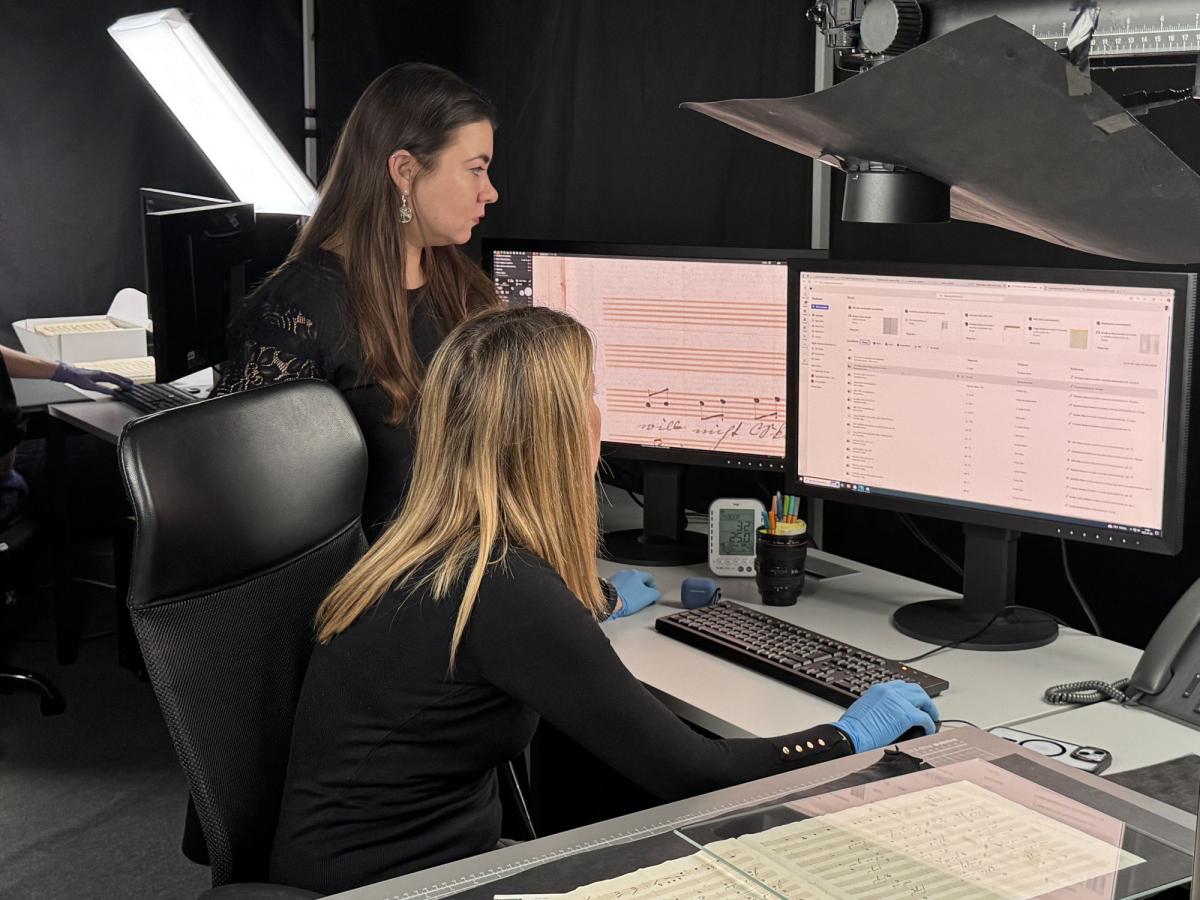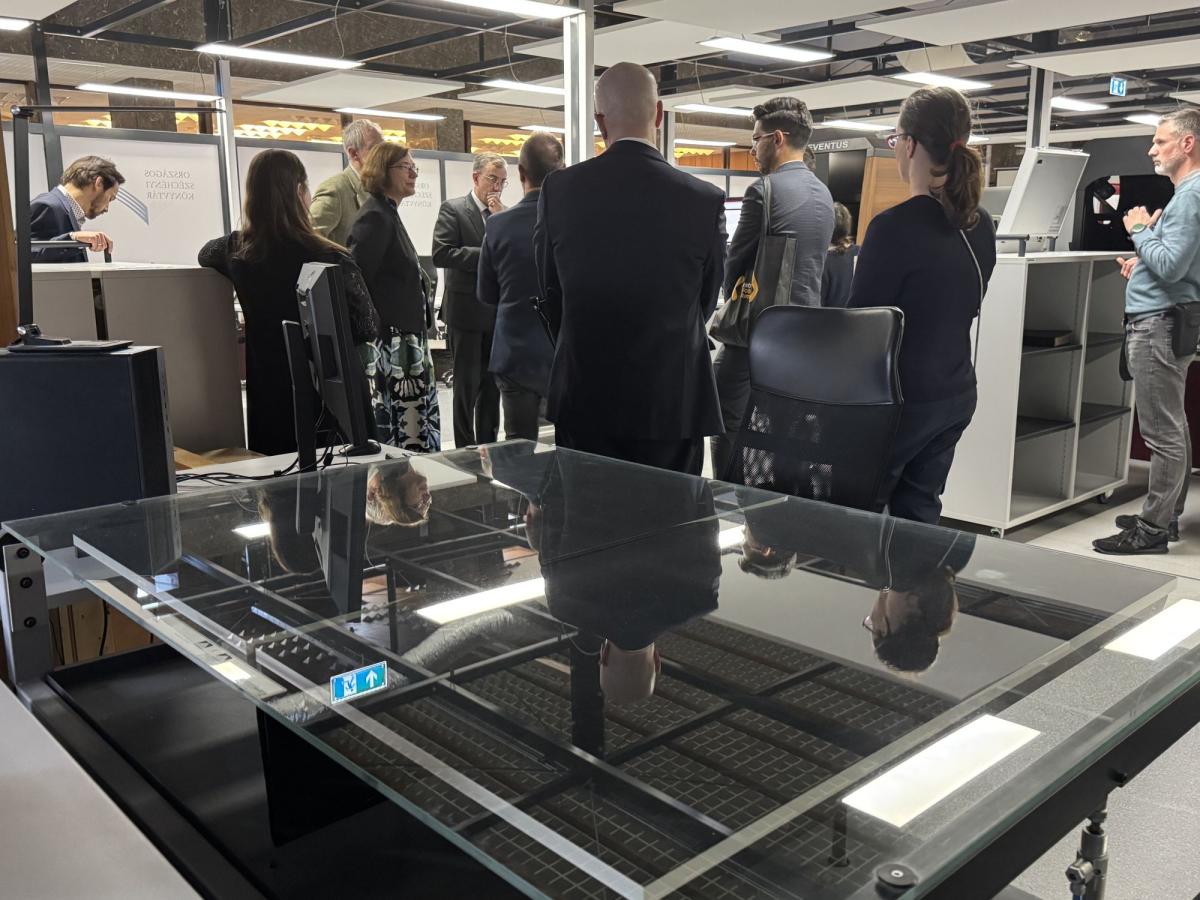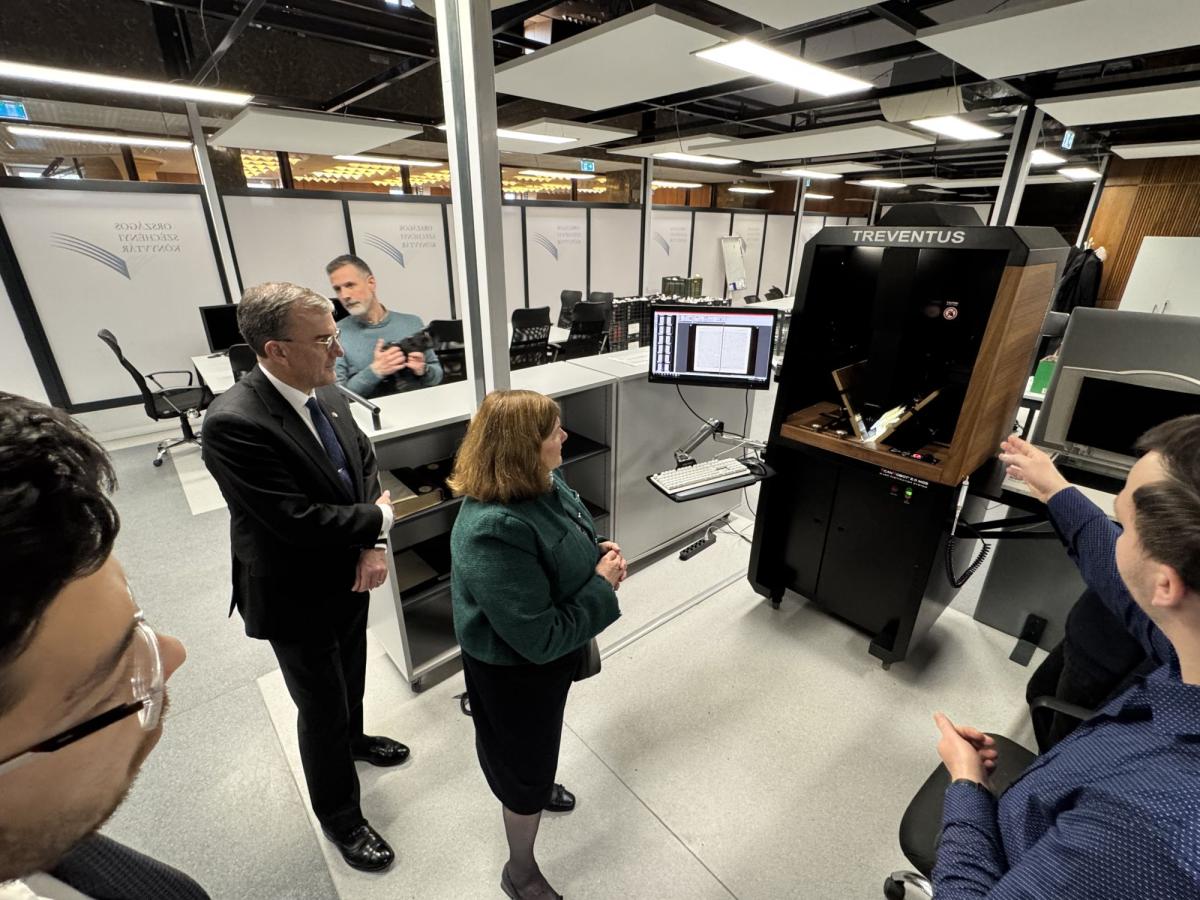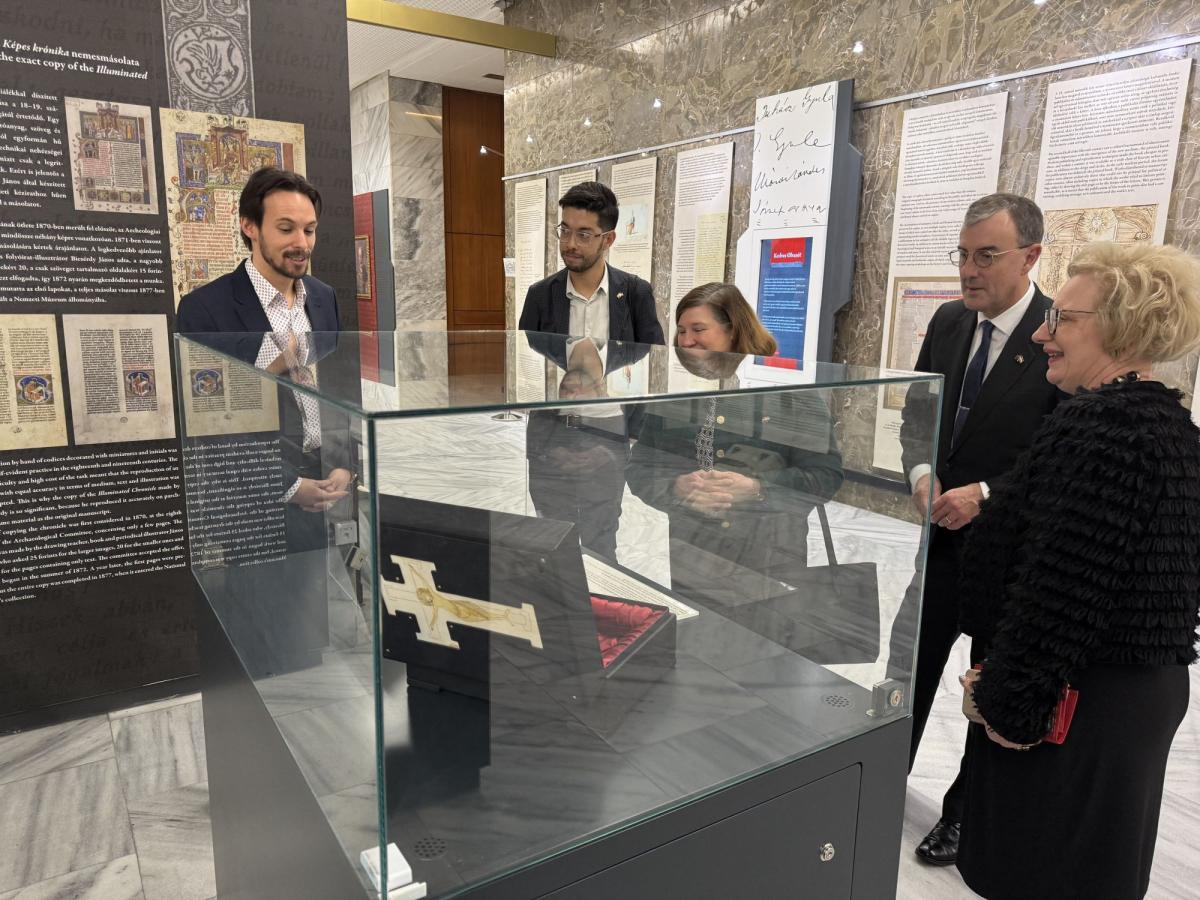
Cultural bridge across continents: musical Hungaricas from Australia
The National Library's music collection has been enriched with a number of specialities. The collection of 248 Hungarian folk music and choral works donated by the National Library of Australia was presented to the public on 28 January.
In October 2024, Dávid Rózsa, Director General of the National Széchényi Library visited the National Library of Australia in Canberra for the Conference of Directors of National Libraries (CDNL), where Marie-Louise Ayres, Director General of the National Library of Australia, donated a collection of Hungarian music documents with 248 items to the Hungarian National Museum Public Collection Centre National Széchényi Library (HNMPPC NSZL).
A special feature of the collection is that, thanks to the international popularity of the Kodály method, it contains a number of works by Hungarian composers published abroad and publications for pedagogical purposes. The collection includes choral works by Zoltán Kodály and Béla Bartók, children's songbooks and books on singing methodology. More than a third of the treasured collection of Hungarian music, 87 pieces, was previously missing from the national library's collection.
The press launch ceremony was attended by Máté Vincze, Deputy State Secretary for Public Collections and Cultural Development at the Ministry of Culture and Innovation, Ian Biggs, Ambassador Extraordinary and Plenipotentiary of the Commonwealth of Australia to Hungary, and Cecilia Gall, Honorary Consul of Australia.
Dávid Rózsa was the first to thank the Australian National Library for its generous donation. As he mentioned, the collection not only reinforces the importance of musical or cultural relations, but also symbolises the cooperation between Hungary and Australia. "Culture and respect for each other's culture binds us with our Australian friends (...) When we are abroad, we sometimes come across names, titles, works of art, references of our culture. We are overcome by a sense of pride, a sense of belonging and a sense of cultural identity. It is good to belong to a culture whose monuments are of value even a 20-hour flight from Budapest," said Dávid Rózsa. He also said that Anna Laskai and Hajnalka Hanvay, the colleagues of the NSZL had processed the data of the music collection and made it available in the library's catalogue in record time.
Afterwards, Máté Vincze spoke about the importance of the return of priceless documents, sheet music and notes. "For Hungary, the Kodály method is one of the number one cultural exports", he stressed, adding that "Today, on the stages of the world, we can see that classical musicians have probably learned music with the Hungarian Kodály method or from one of its improved versions, and are bringing us closer to classical music."
"Zoltán Kodály's unique teaching method has conquered the world", Ian Biggs underlined in his speech, and went on to say that the Kodály method has been present in Australia since 1973, when the "national Kodály centre" was established as the Kodály Music Education Institute of Australia. "I get emotional when I see these sheet music and I remember singing these songs and choral works myself as a schoolboy and adult choir member," he recalled.
At the end of the event, Anna Laskai, music historian and Head of Theatre and Music Department of the National Library, presented the specialities of the collection to the audience. "According to the inscriptions of some of the sheet music in the collection published in Hungary, it can be assumed that the previous owner of the sheet music may have visited Hungary," she said, pointing out that the person may have visited not only the capital but also Zoltán Kodály's hometown.
The documents, published between 1935 and 1982 by publishers in Hungary, England, Canada and the United States, became the property of the National Library of Australia in 1987 as the bequest of John A. Young, a professor at the Sydney Conservatoire. The material was originally collected to support Australian music teachers using the Kodály method, and has now been transferred to Hungary to enrich the National Library's collection.
Related content:


